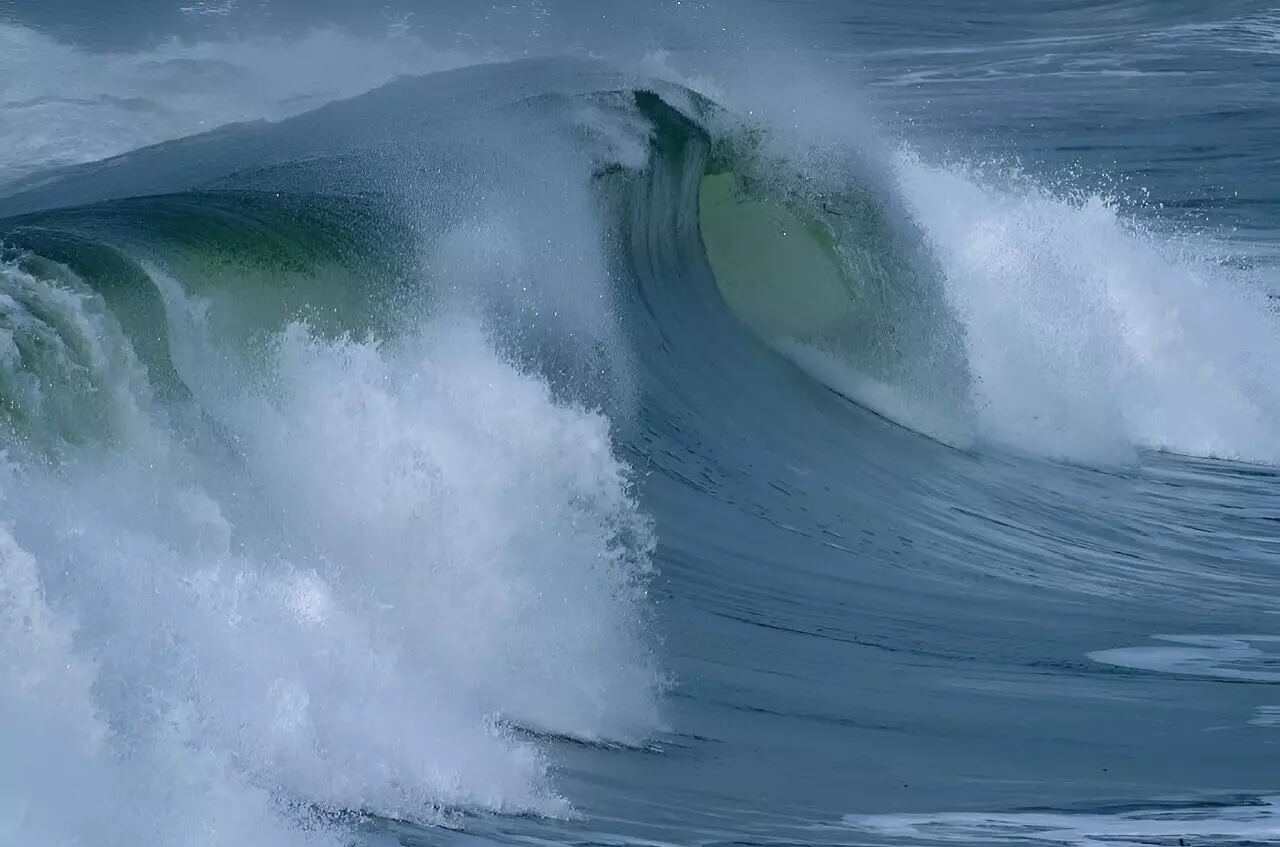Rogue waves have long plagued maritime endeavors, striking fear into the hearts of sailors and offshore workers. Characterized as large, unexpected waves that can rise abruptly, they pose significant risks to ships and platforms. The unpredictability of these waves has historically left seafarers vulnerable to hazardous conditions at sea. However, a groundbreaking study published in *Scientific Reports* introduces a tool that harnesses cutting-edge technology to predict these monstrous waves up to five minutes in advance.
The Power of Predictive Technology
The innovation stems from the collaborative efforts of researchers Thomas Breunung and Balakumar Balachandran, who have developed a sophisticated neural network designed to detect patterns indicative of impending rogue waves. Their approach examines a staggering dataset, comprising 14 million sea surface elevation measurements collected over thirty-minute intervals from 172 buoys. By analyzing the data, the neural network learns to differentiate between regular wave formations and those that herald the onset of rogue waves. This forward-thinking technology has the potential to transform maritime operations, offering timely warnings that could safeguard lives and assets.
Impressive Accuracy Rates
The results from Breunung and Balachandran’s tool are promising. In trials, it accurately predicted 75% of rogue waves one minute before their occurrence and 73% within the five-minute window. This level of predictive accuracy could dramatically alter how crews respond to rough seas. By providing advance notice, vessels can execute strategic maneuvers or enact emergency protocols to shield their crews and cargo from imminent threats. Moreover, the tool’s application extends beyond familiar waters; it showcased a remarkable 75% prediction accuracy even at buoys not included in the training dataset. This adaptability hints at a broader potential for deployment in diverse maritime settings.
Room for Enhancement
While the current capabilities are impressive, there is room for further refinement. The study’s authors suggest integrating additional parameters such as water depth, wind speed, and the specific location of waves, which could enhance the tool’s predictive accuracy. As maritime technology evolves, such refinements promise to improve response times and precision, ultimately leading to safer seas.
Future research could pave the way for even more advanced applications, such as predicting the height of rogue waves or the timing of their arrival. This could facilitate more proactive approaches to maritime safety, reducing casualties and damages associated with these unpredictable natural phenomena.
Maritime Implications and Societal Impact
The implications of successfully predicting rogue waves extend well beyond the maritime industry. This technology could also have significant impacts on disaster preparedness and response strategies in coastal communities. By extending the reach of predictive analytics into marine environments, we enhance our understanding and management of oceanic phenomena. In an era where climate change exacerbates extreme weather patterns, such innovations are not just timely—they are imperative.
The marriage of advanced neural networks with practical maritime application illustrates how technology can not only investigate complex sea behaviors but actively shield those who traverse them. It is a striking example of how innovation can dramatically elevate safety standards within one of nature’s most unpredictable realms.


Leave a Reply